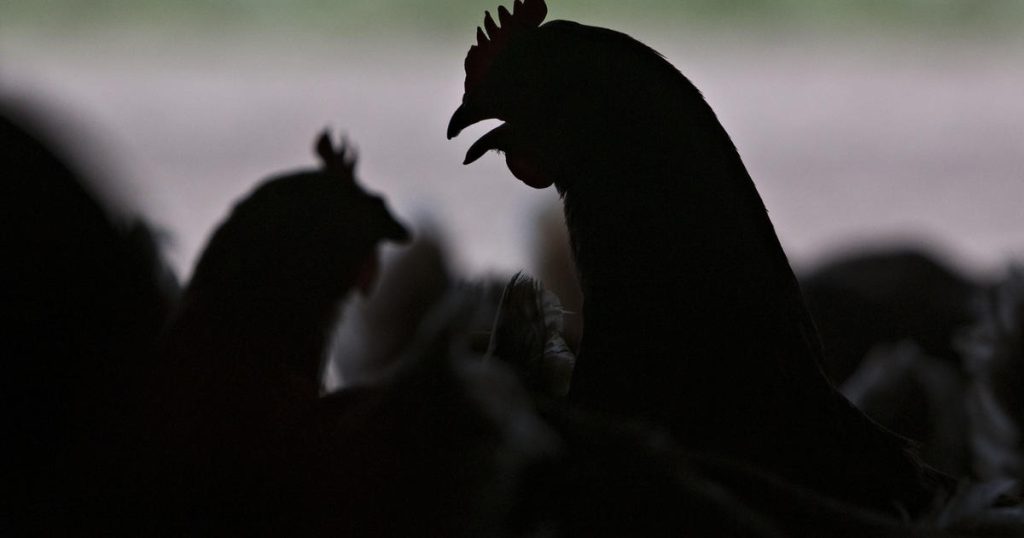A recent outbreak of avian influenza, commonly known as bird flu, is causing a spike in egg prices across the United States. The price of a dozen large grade A eggs has increased by nearly 16% since January, reaching an average of $2.99 as of April 24. The outbreak has affected nearly 9 million chickens in states like Michigan, Minnesota, New Mexico, and Texas, resulting in reduced egg supplies and higher prices. Eggs are a staple grocery item in many households and are used for a variety of dishes, making the price increase a concern for consumers.
During a bird flu outbreak, farmers are required to report the incident to the USDA, which then visits the affected farm to slaughter the entire flock. This process can lead to a significant loss in egg production for up to three months, as hundreds of thousands of chickens that were laying multiple eggs are removed from production. The lag time in rebuilding production contributes to the overall increase in egg prices for consumers.
The deadliest outbreak of avian flu in U.S. history occurred in 2022, leading to shortages and price hikes for eggs. The current strain of bird flu, known as highly pathogenic avian influenza (HPAI), originated in Michigan in 2022 and has impacted the nation’s largest producer of fresh eggs, Cal-Maine Foods. The company has had to slaughter millions of hens in response to the outbreak, resulting in economic losses. Cases of HPAI are emerging at a time when farmers are working to meet the growing demand for eggs in the U.S.
Bird flu is primarily carried by free-flying waterfowl and infects a variety of poultry species. While the public health risk related to bird flu remains low, cooking poultry and eggs to an internal temperature of 165 ˚F is advised as a general food safety rule. Recent cases of bird flu in livestock, such as a young goat in Minnesota and dairy cows in Texas and Kansas, highlight the widespread impact of the disease on agricultural production. The outbreak also underscores the need for continued vigilance and preventive measures to protect both poultry and human health.
Despite efforts to boost egg supplies, including hatching and raising new hens, it will take time for production to return to normal levels. The current national inventory of egg-laying hens has decreased compared to the previous year, and it is expected to take at least three months for production to recover. Consumers may continue to experience higher egg prices as farmers work to rebuild their flocks and meet the ongoing demand for eggs in the U.S. The outbreak serves as a reminder of the vulnerability of the agricultural industry to unforeseen challenges, which can have widespread economic implications for both producers and consumers.


